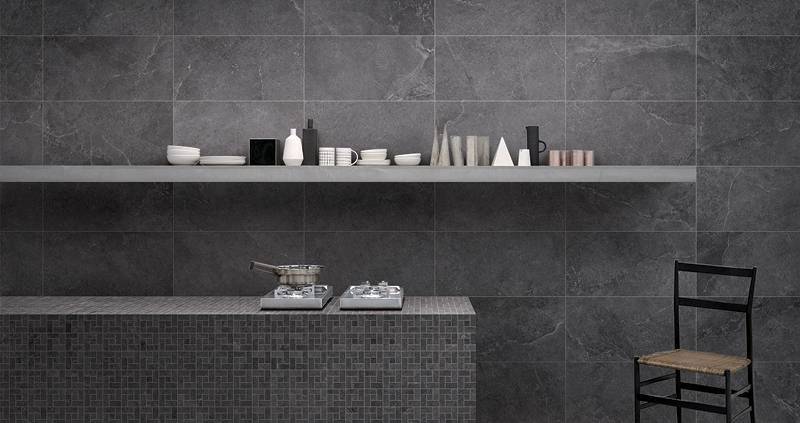Learning How To Grout Tiles At Home
For any DIY enthusiast or home renovator, learning how to grout tiles properly can provide a source of relief when it comes to keeping your trade expenses down.
Although the process as such isn’t considered to be a complex or difficult one, it’s vital to ensure that the function and longevity of your tiles is up to scratch – but hang on though, what is grout?
What Is Grout
Grout come in several different forms from cement based to epoxy. Unlike other structural pastes such as plaster or joint compound, correctly mixed and applied grout forms a water resistant seal, which is why it’s needed when working with tiles.
Grout is generally a mixture of water, cement and sand. Although there are slight variations in application, generally speaking grout is added to fill in the space between tiles after the tile is positioned on the floors or walls.
While the size and intended function of a space will determine how much and what kind of grout you’ll need, the good news is that there are a few key steps to follow if you’re looking to learn how to grout tiles at home.
A Beginner’s Guide On How To Grout Tiles
In both commercial and residential projects, the fundamentals of grouting include four key steps: preparation, seal, stick and finish – so where do you start?
What You Need
- A reputable grout product such as Bostik
- Measuring cup
- Bucket
- Pointing trowel for mixing
- Grout float
- Sponge
- Clean cloth
Where To Start
Step One – Ensure the floor or wall area that you are working on is prepped, cleaned and free from any adhesive, dirt or residue. Along with waterproofing, this also helps to improve bond capabilities and the working time of adhesives.
Step Two – Start mixing your grout solution. Add the water first and then the powder to ensure a thorough mix with no lumps. Follow the instructions on your packet and mix to a thick paste-like consistency. Wait five minutes, and remix your grout. It’s now ready to apply.
Step Three – Apply the grout. Push the grout into the joints with a grouter tool, and compress by wiping over at an angle across the joints. Make sure there are no air bubbles. Do not apply grout to the internal or external corners, as you’ll need to apply silicone here.
Step Four – Allow the grout to become firm, which usually takes around twenty minutes depending on your climate or tile of choice, and then remove any excess. The cleaning process can be done with a slightly damp sponge, but be sure to clean the sponge once one side becomes dirty to avoid spreading it across your fresh files. Don’t “wash” the floor” or get it overly wet, as excess water can discolour darker grouts. Keep rinsing with fresh water as you go, and try to remove as much grout residue as you can.
Step Five – After the grout film has been removed from the tiles, wait at least three to four hours (or up to 24 hours if you can) before them with a clean, dry cloth. Wait until the area is completely dry after around 48 hours, then apply a grout sealer.
Step Six – Apply a silicone that matches your grout colour. Cut the nozzle at 45 degrees to the width of your corner, and apply a small bead of silicon to each section of the wall or surface. Use a small amount of detergent mix with water in a spray bottle. This works best when you spray the untouched silicon, before using your finger or grout tool to smooth off the silicon. Discard any extra materials.
If this is your first attempt at a DIY grouting solution, then there are a few helpful tips to ensure the experience is a good one.
- Work from the edges of a space, allowing yourself a path to exit
- Apply a generous amount of grout to the floor
- Unequal amounts of water in different batches can lead to mottled colouration of the dried grout – so get your measuring spot on before commencing
- Whenever possible, prevent spilling any liquids or getting any dirt on the grout lines for a full 24 hour period
- Try to allow the grout to dry for three days before exposing to water in showers
- Do not remix the product once it has started to harden
Where To Buy Grout Solutions
When it comes to learning how to grout tiles, it’s important that you get it right the first time in order to avoid costly renovations or tweaks further down the track – the last thing you want is water damage in your home from an underperforming sealant.
In operation for over 24 years, at Tile Wizards we pride ourselves on getting you more, for less. We pioneered the warehouse format, and our stores are purposefully designed to make your selection easier, and ultimately offer our customers quality, price and the right advice. We’ve spent more than two decades sourcing the very best suppliers on the market such as Bostik, so that you don’t have to.
When it comes to finding the perfect grout solution for your home, or even if you are just after some honest and friendly advice – please don’t hesitate to get in touch with us at Tile Wizards today for a free quote. We’re able to work with you in order to bring your dream flooring solution to life.




